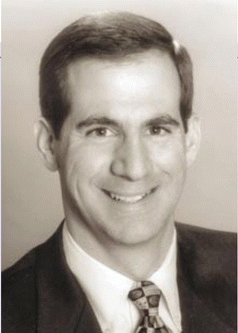Platelet-rich plasma (PRP), a rich source of growth factors, has gained popularity as a method to boost healing after facial plastic surgery and rejuvenation procedures, such as laser skin resurfacing and facelift surgery. Supporters of the treatment claim that delivering platelet-rich plasma (usually in a gel form) to the wound prior to closure has many benefits. Some convenience sample studies, for example, have documented an elimination of the need for drains; reduction in the need for compressive dressings; reduction in pain and postoperative swelling; improved wound healing; and shorter recovery time (Plast Reconstr Surg. 2001;107(1):229-237).
Explore This Issue
June 2006The advantage to platelet gel is that you are introducing into the wound a higher-than-native concentration of growth factors and angiogenesis factors, and other factors involved in the coagulation cascade, that facilitate the healing. – Ross A. Clevens, MD
Other researchers are more circumspect regarding the treatment, noting that a certain amount of euphoria surrounds the use of growth factors to speed healing. The current scientific evidence about the treatment as an adjunct in facial cosmetic surgery, they say, does not warrant it becoming a standard of care.
Advantages of Platelet Gel
For the past 10 years, Ross A. Clevens, MD, has specialized in facial plastic surgery. At his Center for Facial Cosmetic Surgery in Melbourne, Fla., Dr. Clevens has used the gel extensively (in an estimated 300 to 500 cases per year) and sees evidence of less bruising and swelling after facelift or local and regional flap reconstructive surgery, as well as better take and increased survival of grafted skin flaps. In addition, patients may also have decreased discomfort, although the latter is hard to quantify, Dr. Clevens noted.
The advantage to platelet gel, said Dr. Clevens, is that you are introducing into the wound a higher-than-native concentration of growth factors and angiogenesis factors, and other factors involved in the coagulation cascade, that facilitate the healing. Although the wound-healing cascade is still not completely understood, laboratory-based research has shown that platelets play a key role in hemostasis and wound healing. When activated, platelets release secretory proteins which drive the complex wound-healing cascade. Many studies have established that platelet concentration procedures can cause a three- to eight-fold increase in platelet concentration ratios.
Clinical use of platelet rich plasma has been reported in the spine, periodontal, cardiovascular, and craniofacial literature. In the orthopedic surgery literature, platelet gel has been used to increase the take of bone grafts. Clearly, said Dr. Clevens, platelet gel is growing in popularity in the orthopedic surgery world. When he performs laser skin resurfacing, Dr. Clevens also has seen a faster re-epithelialization rate when using the gel. Several studies, he noted, have demonstrated a markedly faster rate of re-epithelialization-sometimes as much as 40% faster, he said.

Leave a Reply